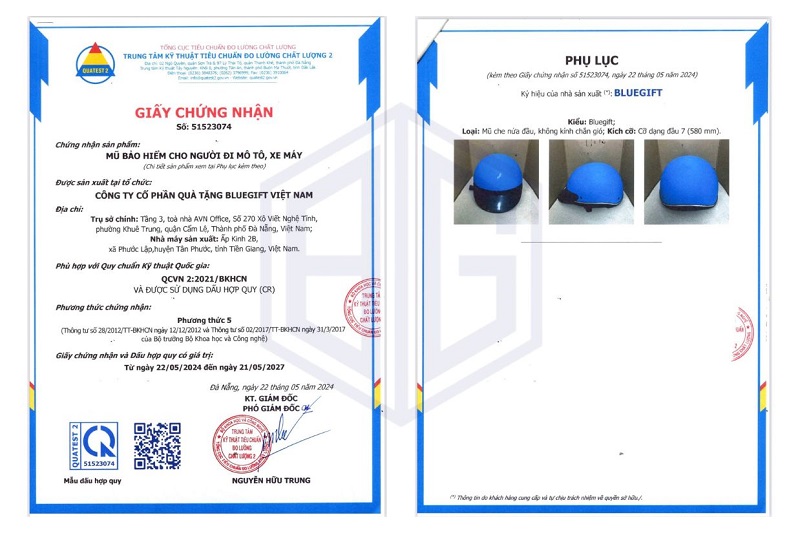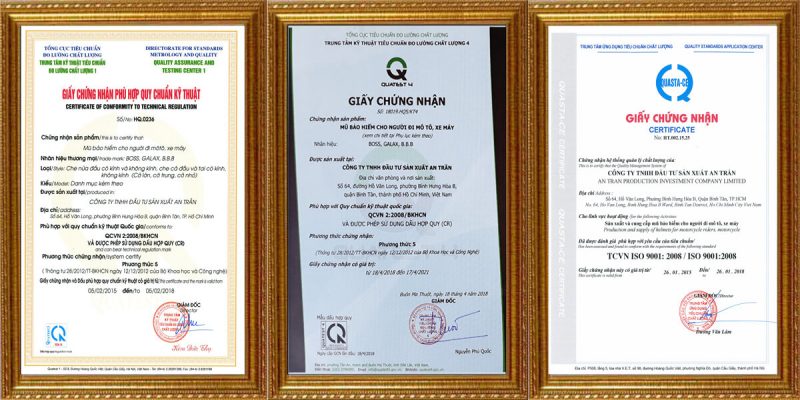When purchasing a helmet, whether for motorcycling, cycling, or sports activities, one of the most crucial aspects to consider is safety. Helmets are designed to protect your head from impact in the event of an accident, but how do you know if a helmet will provide adequate protection? The answer lies in the helmet certification labels.
Helmet certification labels indicate that the helmet meets specific safety standards and has been tested to ensure it provides the necessary protection during a crash. In this article, we’ll break down the importance of helmet certification, the most common safety standards, and what each label means, so you can make an informed decision when selecting a helmet.

Why Helmet Certification Labels Matter
Helmets are essential protective gear, designed to absorb impact and reduce the risk of serious head injuries. However, not all helmets are created equal. To ensure helmets provide adequate protection, they must meet safety standards set by regulatory bodies and independent organizations. These standards are often marked by certification labels, which indicate that a helmet has been tested for its ability to withstand impacts, protect against penetration, and stay securely in place during an accident.
Certification labels are essential because they provide consumers with reassurance that the helmet has undergone rigorous testing and meets the required safety criteria. Without these certifications, there is no way of knowing whether a helmet offers adequate protection in a crash.
Common Helmet Certification Labels
There are several helmet certification standards used around the world, each with its own set of testing procedures and criteria. Below are the most common certification labels you’ll encounter when shopping for helmets:
1. DOT (Department of Transportation) Certification
The DOT certification is issued by the U.S. Department of Transportation and is commonly found on motorcycle helmets sold in the United States. It is one of the most recognized certifications for helmets in the country.
- Safety Standards: DOT-certified helmets must meet specific impact resistance, penetration resistance, and retention system requirements. The helmet is tested for its ability to absorb impact, resist penetration from sharp objects, and keep the chin strap secure during a crash.
- Impact Testing: The helmet undergoes tests where it is dropped onto a hard surface from a set height to check its ability to absorb shock. The helmet must prevent excessive force from reaching the skull.
- Penetration Testing: Sharp objects are used to test if the helmet can withstand impacts without allowing the object to puncture the shell.
- Retention System: The chin strap must stay securely fastened during an impact to ensure the helmet remains in place.
The DOT certification ensures that the helmet provides basic safety features, making it suitable for everyday use, especially in the U.S.
2. ECE (Economic Commission for Europe) Certification
The ECE standard is a European certification that applies to helmets used for motorcycling, cycling, and other activities in Europe. The ECE certification is one of the most stringent helmet standards, and helmets with this certification are recognized worldwide.
- Safety Standards: ECE-certified helmets undergo multiple tests, including impact resistance, penetration resistance, and retention system performance, just like DOT-certified helmets. However, ECE standards are generally more stringent, making it a highly respected certification globally.
- Testing Protocols: The ECE standard requires helmets to undergo various tests, including high-speed impact tests, multiple impact tests, and temperature testing to ensure that the helmet can perform consistently in different conditions.
- Global Recognition: Because of its rigorous testing procedures, ECE certification is widely accepted outside of Europe, and many international riders opt for ECE-certified helmets for the best protection.
ECE helmets are often preferred by riders in Europe and other regions due to their thorough testing and high safety standards.
3. SNELL Memorial Foundation (SNELL Certification)
The SNELL Memorial Foundation is an independent organization that certifies helmets for a range of activities, including motorcycling, cycling, and motorsports. SNELL certification is known for its particularly rigorous safety standards.
- Safety Standards: SNELL-certified helmets undergo some of the most demanding tests, including higher-speed impacts and more rigorous penetration resistance tests compared to other certifications.
- Testing Requirements: SNELL helmets are subjected to testing at higher speeds, and the testing protocols are designed to replicate real-world crash scenarios. SNELL testing includes multiple impact tests at various angles, ensuring that the helmet provides superior protection.
- Durability: SNELL-certified helmets are also subjected to testing at extreme temperatures to assess how they perform in both hot and cold conditions. This ensures that the helmet can withstand the rigors of intense environments.
SNELL certification is often sought after by professional athletes and motorsport enthusiasts because it offers some of the most robust safety features available.
4. CPSC (Consumer Product Safety Commission) Certification
The CPSC certification is a standard specifically for bicycle helmets in the U.S. The CPSC certification ensures that the helmet meets the required safety standards for cycling.
- Safety Standards: CPSC-certified bicycle helmets are tested for impact resistance, chin strap strength, and fit. The helmet must protect the rider’s head during a crash while ensuring that it stays securely fastened.
- Testing Protocols: CPSC-certified helmets undergo tests where they are dropped from a specific height onto a hard surface to test impact resistance. The helmet’s retention system, such as the chin strap, is also tested for its ability to keep the helmet in place during a crash.
- Bicycle Safety: The CPSC standard is crucial for ensuring that bicycle helmets provide protection for cyclists, particularly for children and casual riders.
If you are looking for a helmet for cycling in the U.S., it is important to look for the CPSC certification to ensure that it meets the necessary safety requirements.
5. AS/NZS (Australia/New Zealand Standard)
The AS/NZS certification applies to helmets sold in Australia and New Zealand. It is used for a variety of helmet types, including those for motorcycling, cycling, and equestrian sports.
- Safety Standards: AS/NZS-certified helmets undergo tests for impact resistance, penetration resistance, and chin strap performance, similar to other certification standards.
- Testing Protocols: The AS/NZS standard includes tests for helmet performance at both high and low temperatures, as well as multi-impact testing to ensure consistent protection over time.
- Compliance in Australia/New Zealand: This certification is required by law in Australia and New Zealand, so it is important for riders in these regions to choose AS/NZS-certified helmets.
If you live in Australia or New Zealand, the AS/NZS certification is the standard you should look for when purchasing a helmet.
How to Read and Interpret Helmet Certification Labels
Understanding helmet certification labels is essential when choosing a helmet. Here are some tips for interpreting these labels:
- Look for Multiple Certifications: Some helmets carry multiple certifications, such as DOT and ECE, which offer additional reassurance that the helmet meets a wide range of safety standards.
- Check for Expiration Dates: Some certification labels, particularly those from SNELL, have an expiration date. This ensures that the helmet materials have not degraded over time, which could reduce its effectiveness.
- Understand the Standard: Each certification label will specify the standard it meets (e.g., DOT, ECE, CPSC). This tells you what tests the helmet has undergone and the safety criteria it meets.

Conclusion
Choosing a helmet that provides maximum protection is essential for your safety, whether you’re riding a motorcycle, cycling, or participating in other activities. Helmet certification labels are crucial indicators that show the helmet meets specific safety standards and has been thoroughly tested to ensure protection.
From DOT and ECE to SNELL and CPSC, understanding these certification labels helps you make an informed decision when selecting a helmet. Always prioritize safety by choosing a helmet that carries recognized certifications and meets the necessary impact and penetration resistance standards.
By understanding helmet certification labels and what they mean, you can ensure that the helmet you purchase will provide the best possible protection for your head in the event of an accident.


